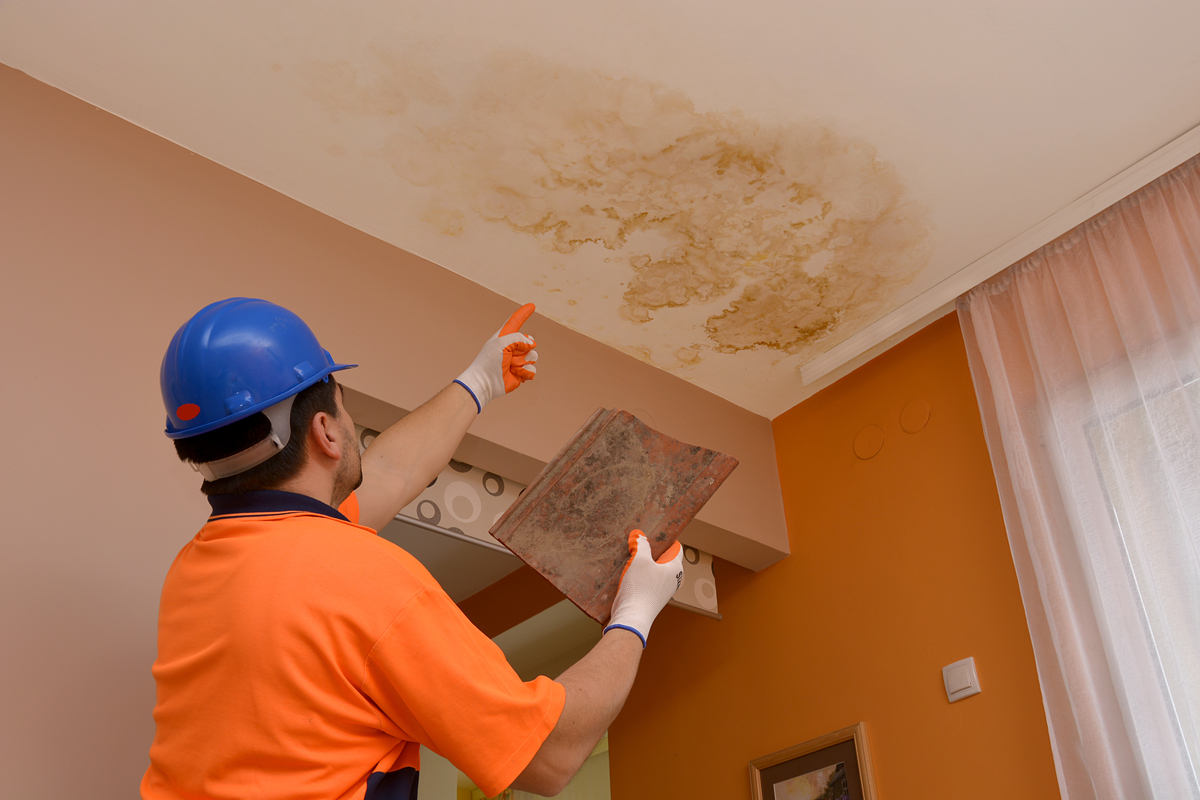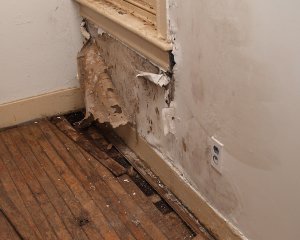Just how do you feel on the subject of Most Common Causes of Leaky Pipes?

Leakages not only trigger waste of water however can also trigger unnecessary damages to your residence and advertise unwanted natural development. Unfortunately, water leakages may go unnoticed considering that most of the pipework in our residence is hidden. By looking and recognizing for day-to-day situations that trigger leaks, you can protect your home from future leakages and also unnecessary damages. Today, we will take a look at six leak triggers that may be triggering your pipes to leak.
Encroaching origins
Many water leakages begin outside your home as opposed to inside it. If you notice an unexpected decline in water pressure, say in your faucet, take time to go out as well as analyze your lawn. You may see wet patches or sinkholes in your lawn, and that may mean that tree origins are getting into water lines creating water to permeate out. You can have your plumber check for invasion, specifically if you have trees or bushes near your building.
Corroded water systems
As time goes by, your plumbing system ages and rust such as rust might start eating away the pipelines. This may be the root cause of discoloration or bending on your water pipes. This calls for an assessment with your plumber quickly. Consider replacing the pipes considering that they are at a higher threat of corrosion than the newer versions if our plumbing system is old.
Faulty Pipeline Joints
The point at which your pipelines attach is regularly the weakest link in the waterline. Pipe joints can deteriorate gradually, leading to water leakages. The majority of pipe joints are not quickly visible. If you have noisy pipes that make ticking or banging sounds, especially when the warm water is turned on, your pipe joints are probably under a lot of stress. It is a good idea to have your plumber examine your system annually.
Instant temperature modifications.
Extreme temperature modifications in our pipes can cause them to expand and also acquire unexpectedly. This development and tightening might trigger cracks in the pipes, especially if the temperature are below cold.
Poor Water Connectors
At times, a leakage can be brought on by loose hose pipes as well as pipelines that provide your appliances. Typically, moving is what triggers the loose water Links. You could find in the case of a washing device, a hose might spring a leak due to drinking throughout the spin cycle. In case of a water connections leak, you may observe water running directly from the supply line or puddles around your devices.
Obstructed Drains
Clogged drains pipes might be annoying and also inconveniencing, yet they can sometimes end up creating an overflow causing break pipelines. Keep removing any kind of products that may go down your drains pipes that can clog them to avoid such hassles.
All the above are reasons for leakages but not all water leakages arise from plumbing leakages; some leaks might come from roofing leakages. All leakages ought to be fixed immediately to prevent water damages.
Leaks not just cause waste of water however can additionally cause unneeded damages to your residence and also promote undesirable natural development. By looking and recognizing for daily situations that create leaks, you can secure your house from future leakages and unneeded damages. Today, we will look at six leakage creates that might be creating your pipelines to drip.
At times, a leakage can be caused by loose hose pipes and pipelines that provide your devices. In instance of a water links leak, you might discover water running straight from the supply line or pools around your devices.
How To Check For Water Leak In Your Home
How To Check for Leaks
The average household's leaks can account for nearly 10,000 gallons of water wasted every year and ten percent of homes have leaks that waste 90 gallons or more per day. Common types of leaks found in the home are worn toilet flappers, dripping faucets, and other leaking valves. These types of leaks are often easy to fix, requiring only a few tools and hardware that can pay for themselves in water savings. Fixing easily corrected household water leaks can save homeowners about 10 percent on their water bills.
To check for leaks in your home, you first need to determine whether you're wasting water and then identify the source of the leak. Here are some tips for finding leaks:
Take a look at your water usage during a colder month, such as January or February. If a family of four exceeds 12,000 gallons per month, there are serious leaks.
Check your water meter before and after a two-hour period when no water is being used. If the meter changes at all, you probably have a leak.
Identify toilet leaks by placing a drop of food coloring in the toilet tank. If any color shows up in the bowl after 10 minutes, you have a leak. (Be sure to flush immediately after the experiment to avoid staining the tank.)
Examine faucet gaskets and pipe fittings for any water on the outside of the pipe to check for surface leaks.
Undetected water leaks can happen without the home or business owner even realizing. If you suspect a water leak, but not able to find the source. It is time to contact a professional water leak detection service, The Leak Doctor.
How To Find a Water Leak In Your Home
https://www.leakdoctor.com/blog/How-To-Check-For-Water-Leak-In-Your-Home_AE197.html

I was guided to that editorial about How to Find Water Leaks through a friend on a different web property. Loved our write-up? Please share it. Let someone else find it. We value reading our article about Common Water Leaks In House.
We're your solution!
Comments on “Revealing the Main Sources of Leakage Within Your Home”